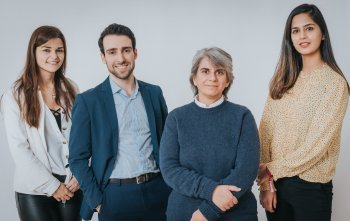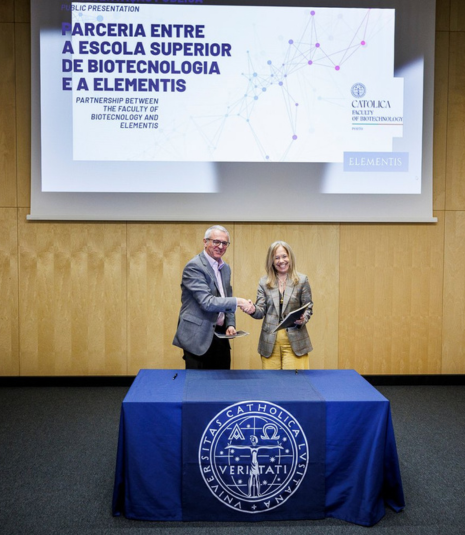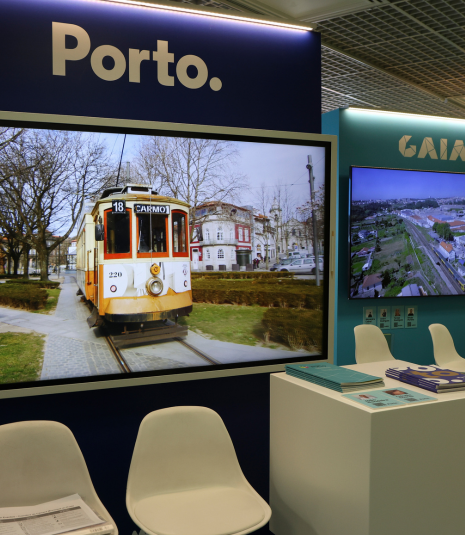iLof: the Porto startup that uses light to diagnose diseases

Expresso
· 26 Aug 2020
As executive director of iLof, Luís Valente is committed to using photonic technology to detect nanostructures in blood or other biological samples, so that the drugs end up on the pharmacy shelf - but so that they can be prescribed to people who can benefit from them, and without metaphors to the mix.
The first challenge of the startup based at the Medical Research Center of the Faculty of Medicine of the University of Porto could not be more demanding: "in 15 years, more than 400 scientific studies have failed to develop therapies for Alzheimer's. A doctor today uses the same tools from 15 years ago. There is nothing that can be used as a therapy that is sure to be effective”, he explains.
Alzheimer is just the beginning of a business idea that started to be developed around the work of Paula Sampaio, at the Institute of Research and Innovation in Health of the University of Porto (I3S). In the summer of 2019, the company was incorporated - and last year it guaranteed, through the prestigious European competition EIT Health, promoted by the European Commission, two million euros of investment.
In 2020, with a good part of humanity confined at home, a new challenge arose: the analysis of reflections of light signals could also be used to know the biological profiles of patients in Covid-19.
This latter project, which was funded by the Foundation for Science and Technology (FCT), joins all other potential applications of the technology developed by iLof. The young company from Porto aims to develop a screening method for Alzheimer's, but also believes that the same techniques are reliable for more detailed knowledge of the biological profile of a gastric cancer patient, or diseases associated with cardiovascular accidents (strokes).
These are just the ailments that the company defined for its initial scope of action. In theory, it is possible to admit that the analysis of nanostructures using photonic techniques can be applied to any disease, to identify the biological profile, which allows them to quickly determine which drugs have the highest success rate. Which can accelerate the development of custom therapies.
iLof is committed to replacing the logic of trial and error with a technology that, in the tests carried out, demonstrated success rates of 89% to 91% in the screening of different diseases. The technique created in Porto's laboratories, which began to experiment within the analysis of microplastics in water about four years ago, has evolved into the development of a device with an optical fiber cable, which emits light signals to a lens which, in turn, , focuses these signals on a sample of blood or other biological fluids.
The Porto startup plans to develop a portable device that can be easily installed in any laboratory or clinical unit. To date, the mentors of this technology have identified two groups of potential customers: laboratories specializing in the clinical study of patients, and biotechnology companies. This expectation started to be fulfilled with recent agreements with three pharmaceutical groups - "two of which belong to the world's top 4 in the sector".
The iLof manager is convinced that the Covid-19 clinical study can also benefit from the same methods and technologies, in order to know what effects the virus may have on each person and what results can be obtained through the different drugs in the fighting infection.
"Predicting the evolution of the infection can be important in deciding whether or not a person can be treated at home. This means that this tool can be useful for the management of a hospital's resources", adds Luís Valente.




